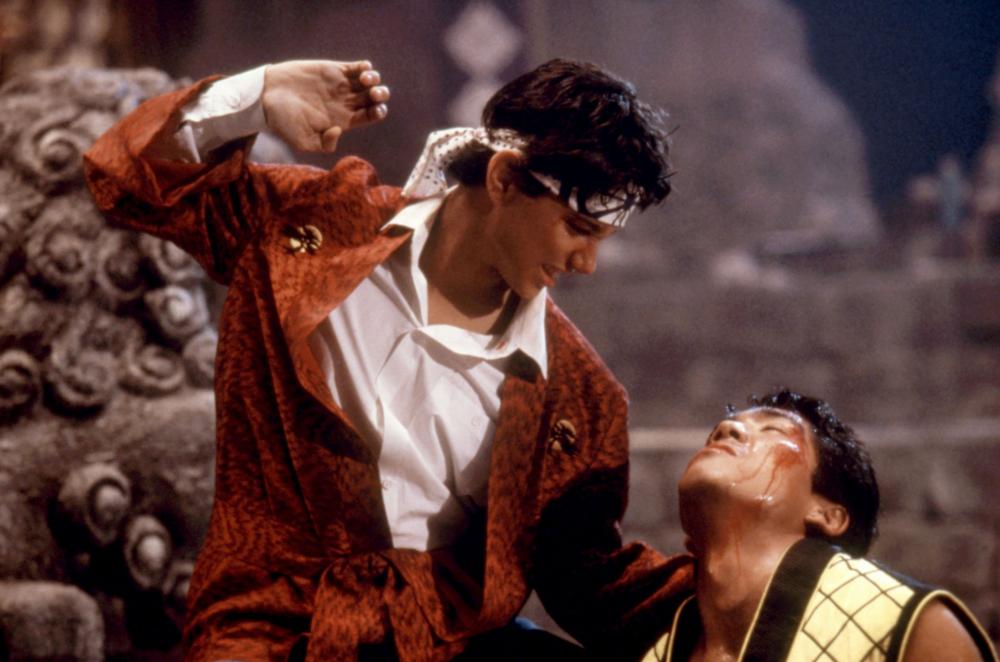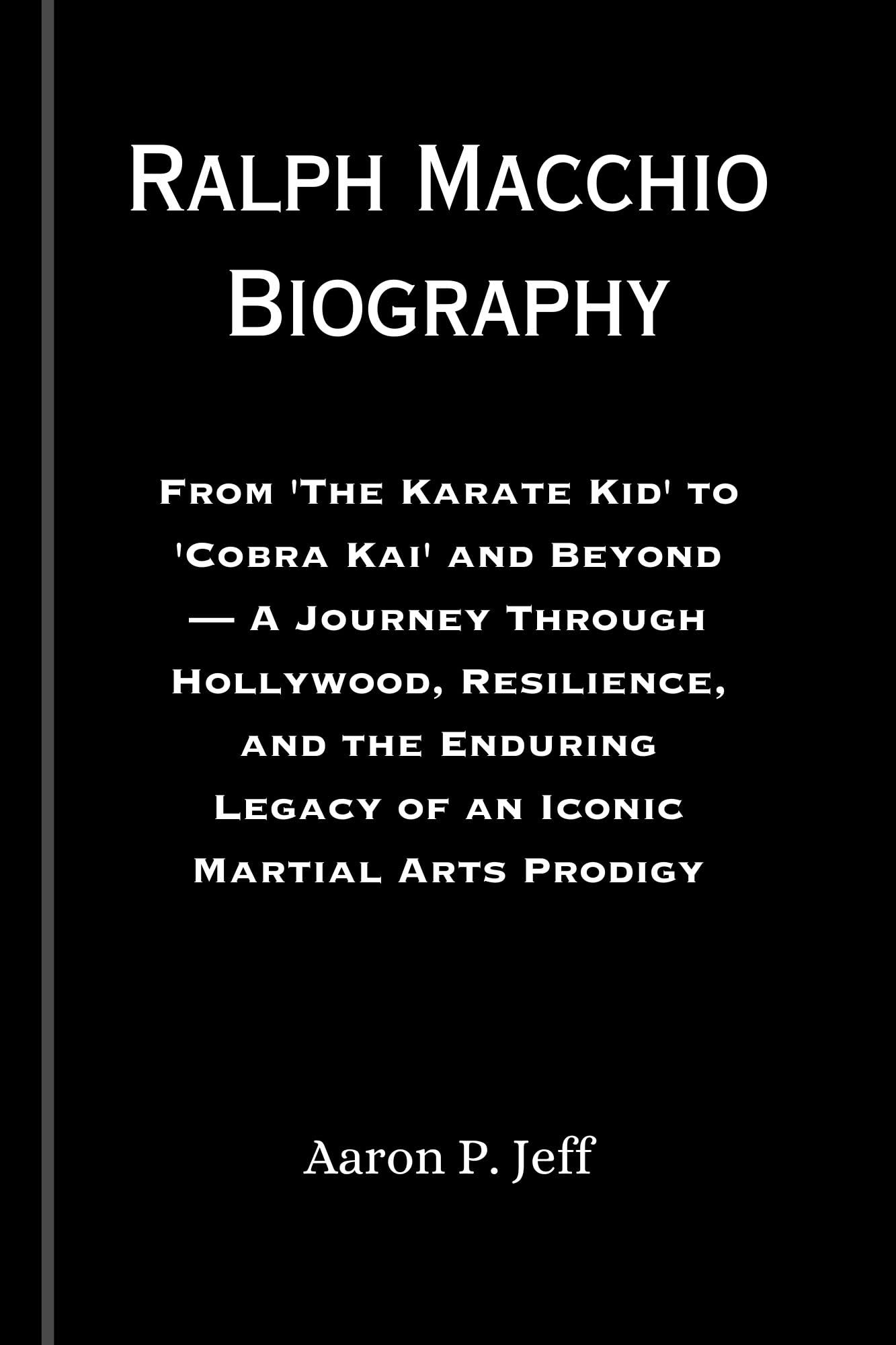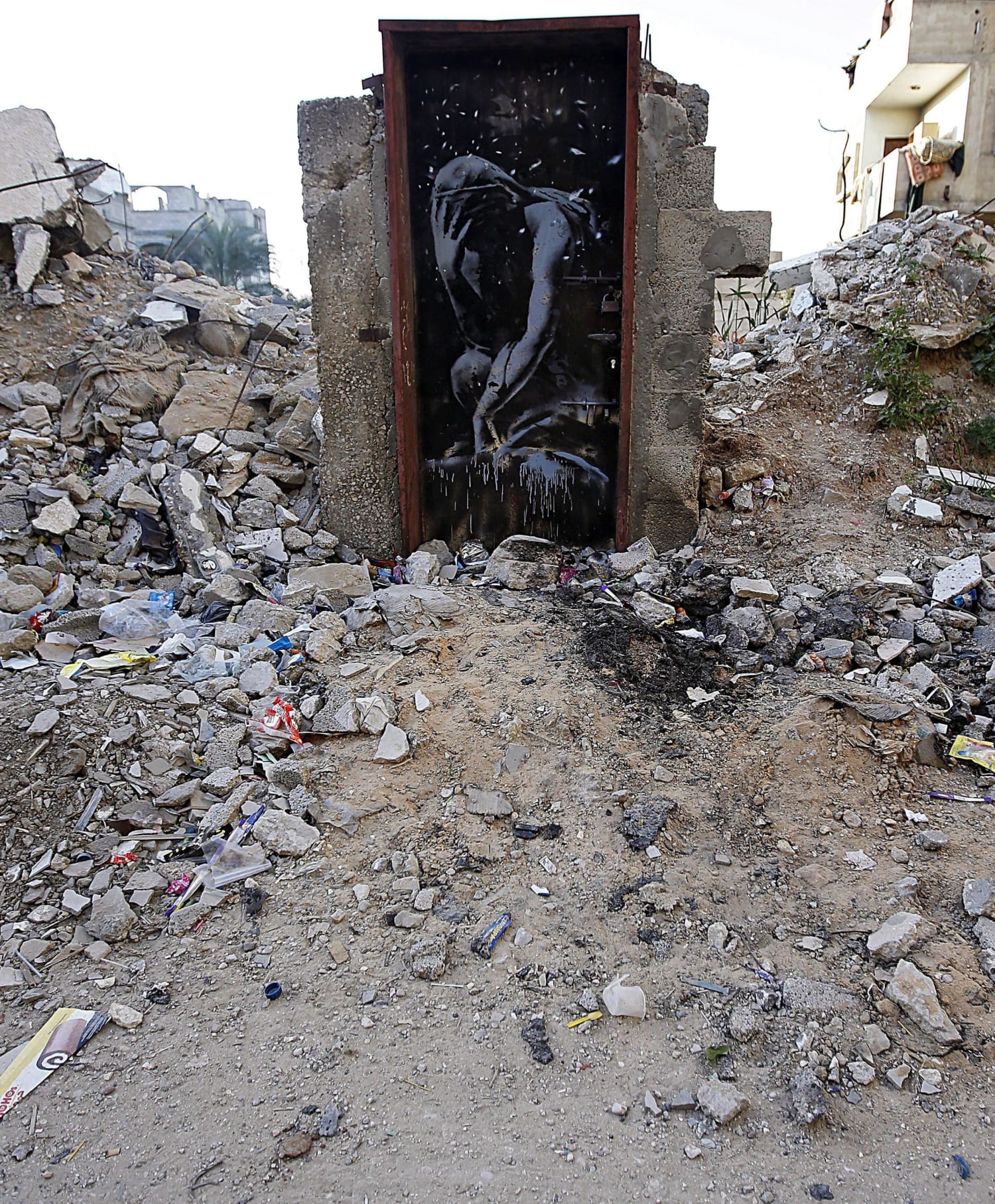Analyzing The Karate Kid Part II: Cultural Influences And Impact

Table of Contents
Exploring Okinawa's Cultural Depiction
Authenticity and Stereotypes
The Karate Kid Part II presents a romanticized view of Okinawa, a Japanese prefecture with a unique cultural heritage. While the film showcases some aspects of Okinawan life authentically, it also falls prey to certain stereotypes.
- Accurate Representations: The film accurately depicts elements of Okinawan traditional music, dance (e.g., Eisa), and some aspects of its natural beauty. The depiction of the close-knit community aspects is also relatively accurate.
- Inaccurate Representations: The portrayal of Okinawan fighting styles might oversimplify the complexities of traditional Okinawan martial arts. Certain aspects of daily Okinawan life might be overly idealized or romanticized.
- Potential Stereotypes: The film could be criticized for portraying Okinawans in a somewhat simplistic, almost exoticized manner. The potential for perpetuating stereotypes needs careful consideration.
Impact on Tourism and Cultural Awareness
The film's release undoubtedly influenced tourism in Okinawa. While precise statistical data correlating tourism increases directly to the film's release is difficult to obtain, anecdotal evidence suggests a significant boost.
- Tourism Impact: Many travel websites and articles mention The Karate Kid Part II as a reason for visiting Okinawa, showing its impact on tourism marketing. This suggests a positive influence on tourism, although quantifying it precisely is challenging.
- Cultural Awareness: The film introduced Okinawan culture to a global audience, sparking curiosity and leading to increased interest in its history, traditions, and martial arts. This positive impact on cultural awareness is undeniable.
- Long-Term Effects: The film's enduring popularity continues to draw attention to Okinawa, proving its long-term influence on the global perception of this unique culture.
The Influence of Traditional Japanese Culture
The Role of Traditional Japanese Values
The film effectively demonstrates core tenets of traditional Japanese culture. Mr. Miyagi's teachings go beyond karate, emphasizing essential values.
- Honor, Discipline, and Respect: Mr. Miyagi's interactions with Daniel consistently emphasize honor, discipline, and respect, reflecting core Japanese values. The film's focus on these values resonates globally.
- Comparison to Other Portrayals: Compared to other portrayals of Japanese culture in film, The Karate Kid Part II offers a relatively positive and nuanced presentation, albeit with its limitations.
The Presentation of Miyagi-Do Karate
Miyagi-Do Karate, as depicted in the film, transcends mere combat. It embodies a philosophy encompassing self-improvement, discipline, and spiritual growth.
- More Than Just Fighting: The film showcases karate as a path to self-discovery and personal development, moving beyond its solely combative aspects.
- Spiritual and Philosophical Aspects: Miyagi's teachings emphasize the spiritual and philosophical dimensions of karate, highlighting its potential for personal transformation.
- Impact on Karate's Popularity: The film contributed to a surge in the popularity of karate globally, inspiring many to take up the martial art.
Cross-Cultural Exchange and Understanding
The Theme of Cultural Bridge-Building
The Karate Kid Part II beautifully illustrates the complexities of cross-cultural exchange. Daniel's journey highlights both the challenges and rewards of bridging cultural divides.
- Intercultural Communication: The film showcases both successful and unsuccessful instances of intercultural communication between Daniel and Mr. Miyagi, realistically reflecting the challenges of cultural exchange.
- Overcoming Cultural Barriers: Daniel's eventual success in overcoming cultural barriers provides a hopeful message about the possibility of achieving cross-cultural understanding.
Legacy of Intercultural Dialogue
The film’s enduring legacy lies in its contribution to fostering cross-cultural understanding and dialogue, prompting conversations about cultural sensitivity in cinema.
- Relevance in Contemporary Discussions: The film remains relevant in contemporary discussions concerning cultural representation, raising important questions about accuracy, stereotypes, and the responsibilities of filmmakers.
- Influence on Other Films: The film’s impact on subsequent films and media productions, particularly in its portrayal of East Asian culture, warrants further research and analysis.
Conclusion
The Karate Kid Part II offers a complex and multifaceted portrayal of Okinawan and Japanese culture, presenting both accurate representations and potential stereotypes. Its impact on tourism, cultural awareness, and the global understanding of karate is undeniable. The film’s significant contribution to cross-cultural dialogue, highlighting both the challenges and rewards of intercultural exchange, remains relevant today. Let's continue the discussion about The Karate Kid Part II’s cultural impact. What aspects of the film’s portrayal of culture resonate most with you? Share your thoughts and further research on the topic of The Karate Kid Part II Cultural Impact to continue this important conversation.

Featured Posts
-
 One More Countdown At Itv After Holly Willoughbys Shocking Departure
May 23, 2025
One More Countdown At Itv After Holly Willoughbys Shocking Departure
May 23, 2025 -
 England And Wales Cricket Board Ecb Official Website And News
May 23, 2025
England And Wales Cricket Board Ecb Official Website And News
May 23, 2025 -
 The Karate Kids Enduring Legacy Impact And Cultural Influence
May 23, 2025
The Karate Kids Enduring Legacy Impact And Cultural Influence
May 23, 2025 -
 The 1990s Budget Crisis Understanding Clintons Veto Power
May 23, 2025
The 1990s Budget Crisis Understanding Clintons Veto Power
May 23, 2025 -
 Emissarys Account Was Witkoff Duped By Hamas
May 23, 2025
Emissarys Account Was Witkoff Duped By Hamas
May 23, 2025
Latest Posts
-
 Atlantida Celebration Santa Catarina Como Comprar Ingressos Para O Show
May 23, 2025
Atlantida Celebration Santa Catarina Como Comprar Ingressos Para O Show
May 23, 2025 -
 Snae Alaflam Alqtrywn Fy Qmrt Qst Njah
May 23, 2025
Snae Alaflam Alqtrywn Fy Qmrt Qst Njah
May 23, 2025 -
 Ingressos Atlantida Celebration Nando Reis Armandinho Di Ferrero Em Santa Catarina
May 23, 2025
Ingressos Atlantida Celebration Nando Reis Armandinho Di Ferrero Em Santa Catarina
May 23, 2025 -
 Atlantida Celebration Sc Line Up Completo Datas E Ingressos
May 23, 2025
Atlantida Celebration Sc Line Up Completo Datas E Ingressos
May 23, 2025 -
 Qmrt Qtr Ahtdan Almwahb Alsynmayyt
May 23, 2025
Qmrt Qtr Ahtdan Almwahb Alsynmayyt
May 23, 2025
